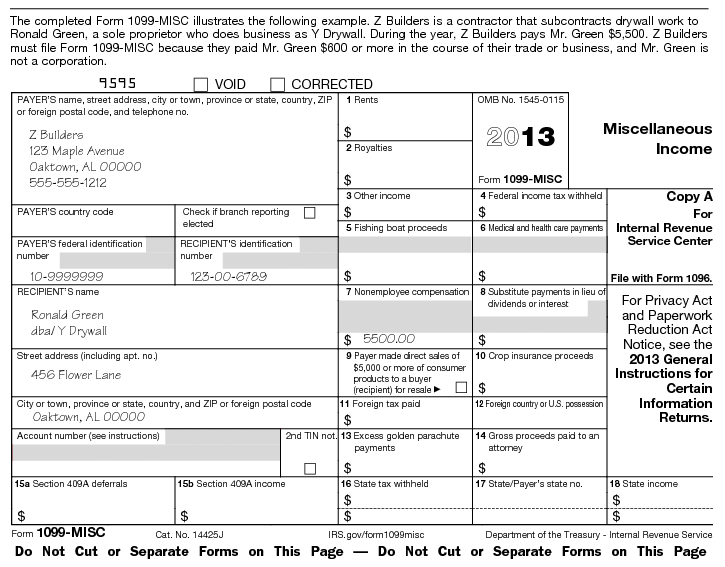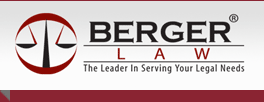Diligent Recordkeeping Key to Surviving Tax Time for Self-Employed Taxpayers

Whether you are a consultant, freelancer, independent contractor or self-employed, you know that working outside the traditional employer-employee structure offers many advantages, but also many pitfalls at income tax time. While these workers face taxes traditional employees do not, meticulous recordkeeping and savvy knowledge of the rules will offer many extra deductions, as well.
Self-employed taxpayers are treated differently in many ways. They receive their earnings statements on 1099 form instead of a W-2. 1099 workers have to pay, in addition to income taxes, self-employment taxes. Since these taxpayers are both boss and worker, self-employment taxes are equivalent to both an employer’s and employee’s portion of Social Security and Medicare taxes. In 2012, that number is as much as 13.3 percent (10.4 percent for Social Security on income up to $110,100 and 2.9 percent for Medicare on all income.)
While this all may sound very punitive, tax laws also offer several key benefits to self-employed workers. The tax code offers numerous opportunities to write off expenses that comprise the cost of carrying out one’s independent business. Everything from paying for meals with potential clients to purchasing a new computer or printer to using one’s car for business tasks (such as driving to or from a sales appointment,) can offer a potential deduction to the 1099 worker. The key, of course, is to know what is, and is not, deductible. To deduct an expense, it must be both ordinary and necessary. According to the IRS, an expense must be common and accepted in your line of work to be ordinary. To be necessary, an expense must be beneficial and appropriate, but need not be indispensable, for your work.
In addition to things like meals, vehicles and technology equipment, some education expenses may be deductible, as well. For example, a self-employed Practicing Engineer (PE) may be able to deduct the cost of continuing education classes required by her state’s licensure board in order to maintain her PE license. Additionally, if you use part of your home for your business, you be able to deduct part of your rent or mortgage payment. For your 2012 taxes, you must fill out Form 8829 to claim this deduction, although a simplified method for calculating this deduction becomes available starting with 2013 taxes. Obviously, real life is not always cut and dried for the self-employed worker. Many 1099 workers have items, such as computers or cars, that serve both business and personal needs. In these cases, it is important to document the percentage of usage that is personal versus professional, in order to determine how much may be deducted. Self-employed taxpayers may only claim deductions on the portion of an item they actually used in the performance of their work duties.
The IRS requires that taxpayers maintain records documenting the deduction they claim on their taxes, but does not mandate a particular methodology for recordkeeping. The IRS simply requires that your records are sufficient to allow you and the IRS to determine the correct tax. However, to take full advantage of all of the available avenues for reducing your tax, maintaining excellent, detailed records is essential.
The tax attorneys at Samuel C. Berger, P.C. and the CPAs at S.C. Berger, P.C. assist self-employed workers in New York and northern New Jersey seeking to mitigate their income tax obligations to the greatest extent allowed by the code. To schedule a consultation, contact us online or call (201) 587-1500 or (212) 380-8117.
More Blog Posts:
New Jersey Small Business Owners Urge State to Pass Health Insurance Exchange Law, New York & New Jersey Business Lawyer Blog, Sept. 27, 2012
Five Legal Risks of Social Media for New York and New Jersey Small Businesses, New York & New Jersey Business Lawyer Blog, May 4, 2012
USCIS Announces Revisions to Form Used to Verify Employees’ Eligibility to Work, New York & New Jersey Immigration Lawyer Blog, Mar. 29, 2012
 Hackensack, New Jersey Self-Employed Tax Lawyer Samuel C Berger, PC Home
Hackensack, New Jersey Self-Employed Tax Lawyer Samuel C Berger, PC Home



